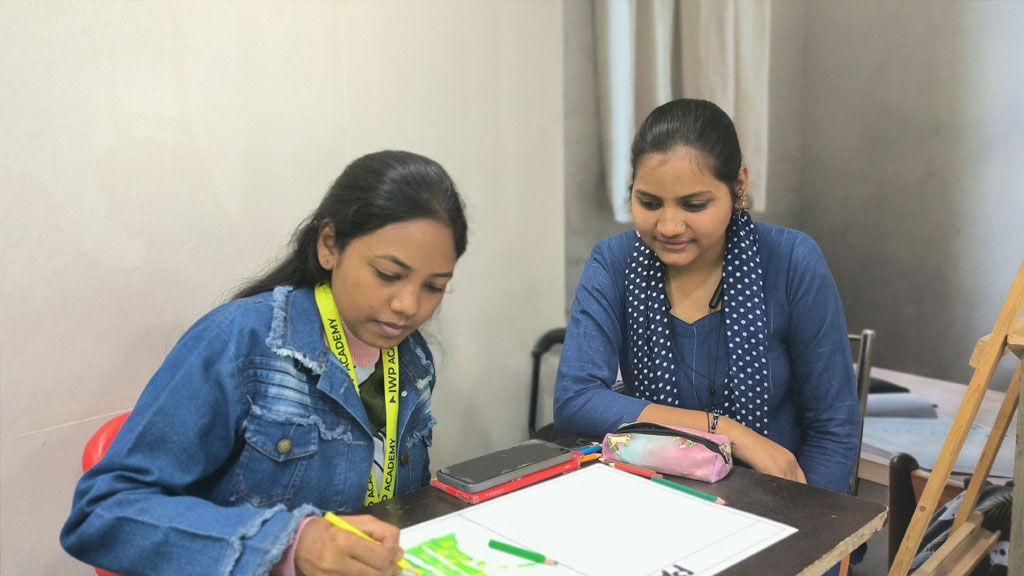Introduction: Embarking on a journey through a fine arts course is a passage into a world where imagination knows no bounds. More than just strokes on a canvas or sculptures in a gallery, fine arts courses are a celebration of creativity, expression, and the profound impact art can have on the human experience. Join us as we delve into the rich palette of a fine arts education.
- Exploring the Foundations: Fine arts courses typically commence with an exploration of the foundational principles of art. Dive into the elements of line, shape, form, color, and texture. Understand how these fundamental elements serve as the building blocks for artistic expression across various mediums.
- Drawing as a Language: Drawing is often considered the language of fine arts. Explore the nuances of drawing, from pencil sketches to charcoal renderings. Learn how the mastery of lines and shading becomes a powerful means of conveying emotions, perspectives, and intricate details in visual storytelling.
- Painting and Color Theory: Uncover the transformative power of color. Fine arts courses delve into color theory, teaching aspiring artists how to evoke emotions, create harmony, and capture the essence of a subject through the brushstroke. Explore the various painting techniques and mediums that breathe life into canvases.
- Sculpture and 3D Art: Move beyond the two-dimensional realm into the world of sculpture and 3D art. Learn the techniques of molding and shaping various materials into three-dimensional forms. Understand how sculpture adds a tactile and immersive dimension to artistic expression.
- Printmaking and Graphic Arts: Fine arts courses often incorporate printmaking and graphic arts. Explore the world of etching, lithography, and digital illustration. Understand how these techniques expand the possibilities for artists to communicate their ideas through mass reproduction.
- Art History: Appreciation of art is intertwined with an understanding of its historical context. Fine arts courses include the study of art history, providing a comprehensive overview of artistic movements, influential artists, and the evolution of artistic expression across cultures and time periods.
- Mixed Media and Experimental Art: The avant-garde spirit of fine arts embraces experimentation. Discover how courses encourage artists to push boundaries by combining different mediums, materials, and unconventional approaches. Explore the freedom to create without constraints.
- Critique and Artistic Dialogue: Fine arts education is not just about creating; it’s also about engaging in dialogue and critique. Learn how courses foster an environment where artists can discuss, critique, and reflect on their work and the work of their peers, promoting growth and self-discovery.
- Exhibitions and Portfolio Development: The culmination of a fine arts course often involves the creation of a portfolio and participation in exhibitions. Explore how students showcase their artistic evolution, building a body of work that reflects their unique voice and style.
- Art as Advocacy: Many fine arts courses encourage students to use their artistic voice as a form of advocacy. Delve into how artists can address social issues, challenge norms, and contribute to meaningful conversations through their work, creating art with a purpose.
Conclusion: Embarking on a fine arts course is an invitation to explore the boundless realm of human expression. As you navigate the strokes, colors, and forms, remember that each piece of art you create has the potential to resonate, inspire, and leave an indelible mark on the canvas of human experience.

